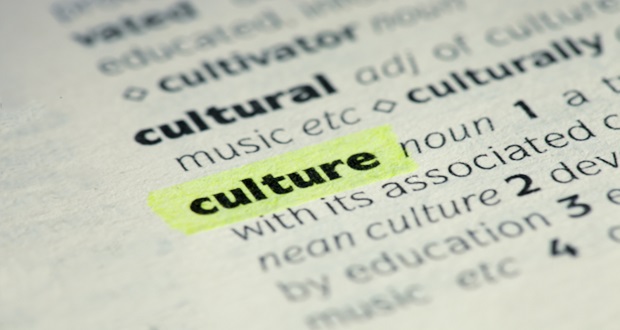
Resilience. The wellness buzzword. You’ve heard it everywhere from bus stop signs and celebrities, to corporate trainings and K-12 education.
So, what exactly is resilience?
The American Psychological Association defines resilience as “the process of adapting well in the face of adversity, trauma, tragedy, threats or significant sources of stress—such as family and relationship problems, serious health problems or workplace and financial stressors. It means ‘bouncing back’ from difficult experiences.”
At first glance, resilience sounds great—and in theory, it can be. In essence, learning how to be resilient begins with small, personal behavior changes and changes in mindset that can help people overcome challenges and thrive despite failures. However, the key to why resilience is the current buzzword of the wellness space is also its ultimate downfall: institutions have claimed resilience as an individual behavior modification, something you should be able to learn once given the tools, often ignoring the conditions, policies, practices, and history that affects how we ultimately cope with stresses that are within and beyond our job descriptions. The current use of resilience in the workplace and beyond forces me to ask: When talking about the toll of diversity, equity, and inclusion (DEI) work, are we asking the right questions?
Institutions have claimed resilience as an individual behavior modification, often ignoring the conditions, policies, practices, and history that affects how we ultimately cope with stresses. Share on XLast year, I shared a story about my old supervisor, a social worker who lost her life to mental illness. The buzzwords for what she went through are rampant: burnout, fatigue, exhaustion. But how could this have been prevented? Being more “resilient?” Is it a matter of how to not “succumb” to adversity or how to “thrive” despite failure? Or should it be reframed: How can our organizations and institutions support and empower better outcomes in the face of adversity? In my former supervisor’s case: What kinds of resources and support were given by her employer to manage her mental health? (Rather than how can she better cope with the reality that she was given few resources and very little support?)
“Resilience” has been misused and equated with organizational inaction, ultimately stifling institutional change. The rise of resilience training in corporate settings has been misconstrued as a sustainable solution to wellness—ultimately putting the burden of problems driven by the organization onto the individual. This is essentially a company saying to its employees: “Hey, the discrimination and adversities you face here at work will lessen if you gain the tools to bounce back, look at the positive, be OK with the -isms you face…because they are just a part of life.”
“Resilience” has been misused and equated with organizational inaction, ultimately stifling institutional change. Share on XUltimately, one can view the current use of the term resilience as a paradox: the more you harness your resilience, the more equipped you should be to face trauma and challenges at the workplace. Resilience, the way it is understood now, lets organizations get away with discriminatory policies, increased workload (because employees are resilient and can handle it), and ultimately, create an increasingly toxic environment that conserves internalizing oppression, stifles open conversations, and perpetuates the stigma of mental health.
So, how can we reclaim the tenets of resilience, while holding our institutions and communities accountable? Here are some ways to reclaim and redefine resilience for you and your organization:
- “It is the nature and reality of the job” is not an excuse for inaction. Reassess what policies may put certain people at a disadvantage. For example: how might your parental leave policies not be sufficient for single parents? What qualifies as a “sick day?”
- Resilience starts from the community, not the individual. As much as someone can harness the strategies for resilience, it is important to not only recognize, but act upon the social and environmental factors that influence our ability to manage stress. How does your workplace foster inclusive conversations? What programs are in place for employees to collaborate and share their highs and their lows?
- Integrate, do not separate, culture and resilience. It is imperative to consider how your employees’ diverse life experiences and identities influence how they show up at the workplace, what difficulties they may have and how comfortable they feel even talking about their difficulties. For example, how could a suspension have differential impacts for white students versus students of color, who have been historically discriminated against in the educational space? What programs do you have in place to accommodate different styles of communication? What are some culturally–specific challenges that have not been addressed by your organization?
I encourage you all to think about how and when you can reclaim resilience in your life. How are you going beyond the buzzword? Share your thoughts below!
Think about how and when you can reclaim resilience in your life. How are you going beyond the buzzword? Share on X


















Thank you for publishing this article. My counseling practice focused on providing the structural support for clients rebuilding their lives. This is the modern-day shaming of people using #ToxicPositivity.